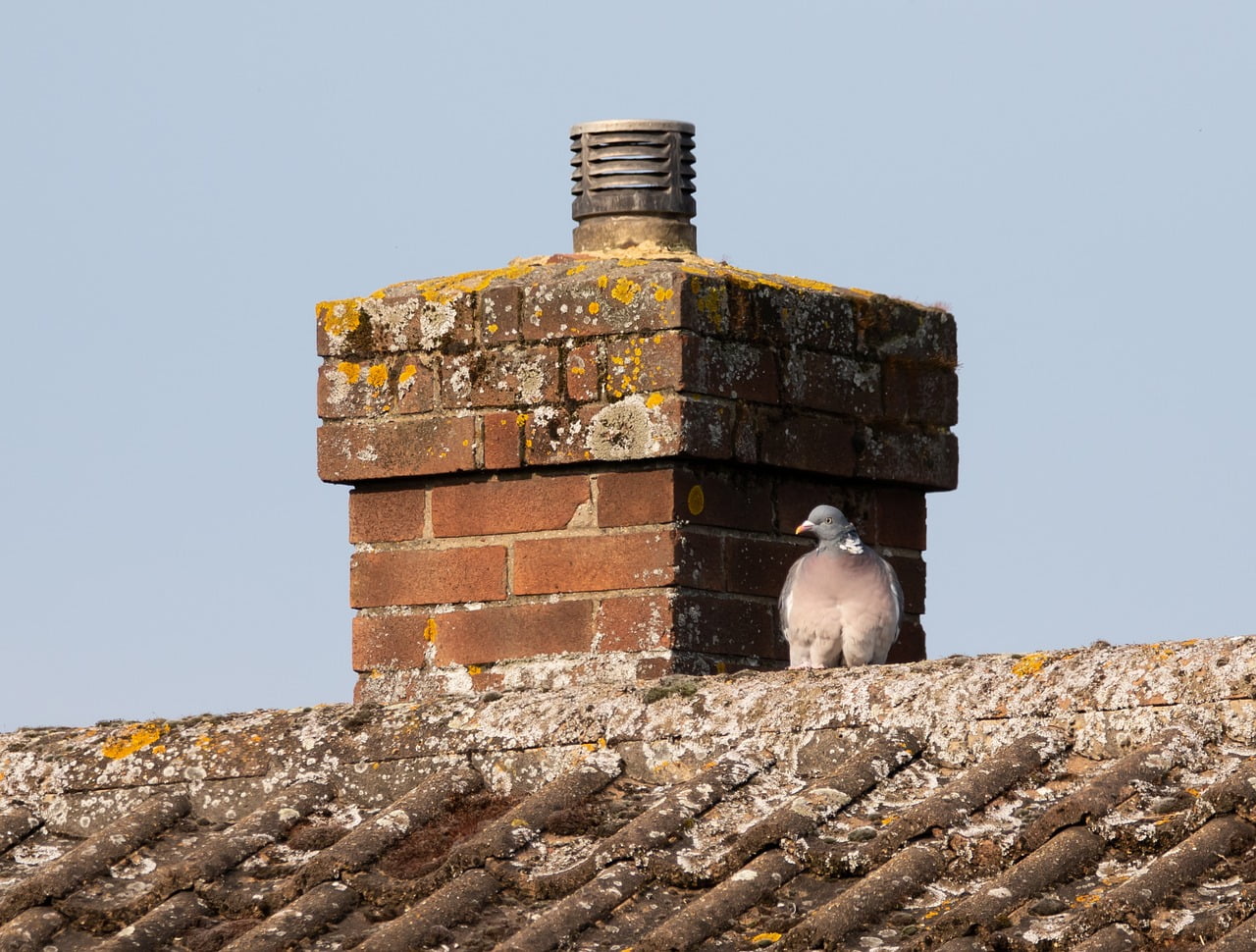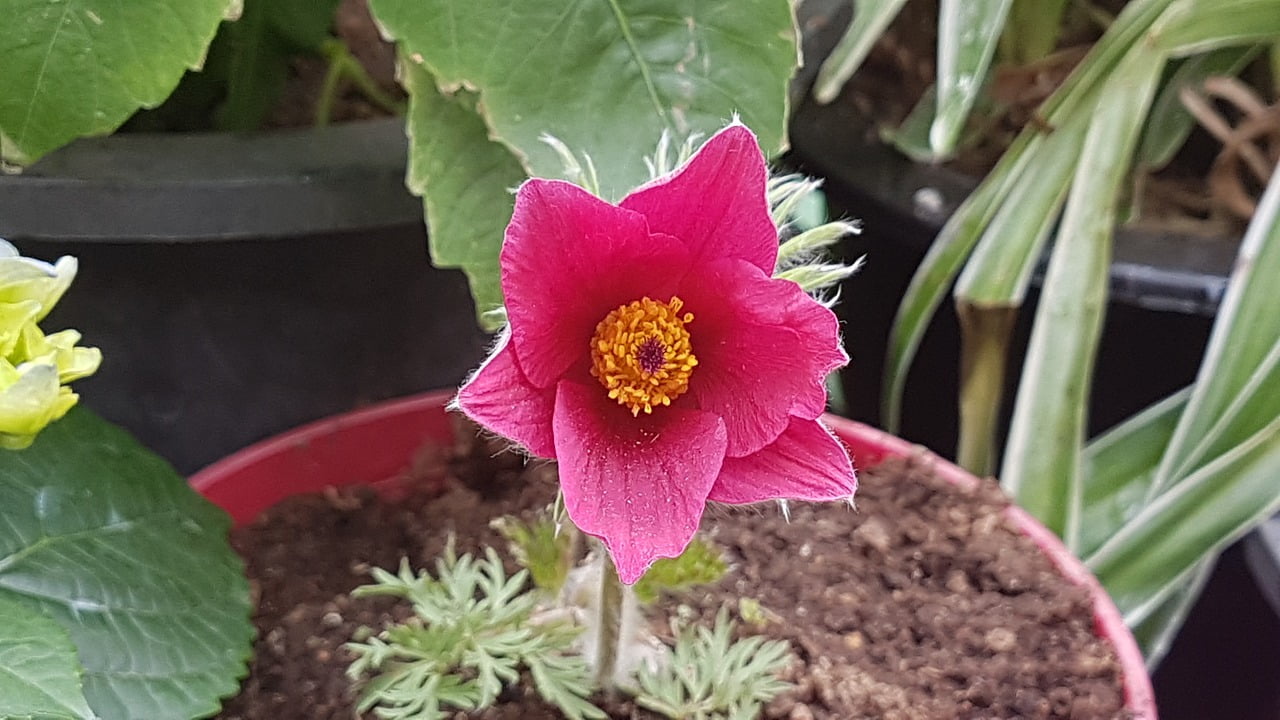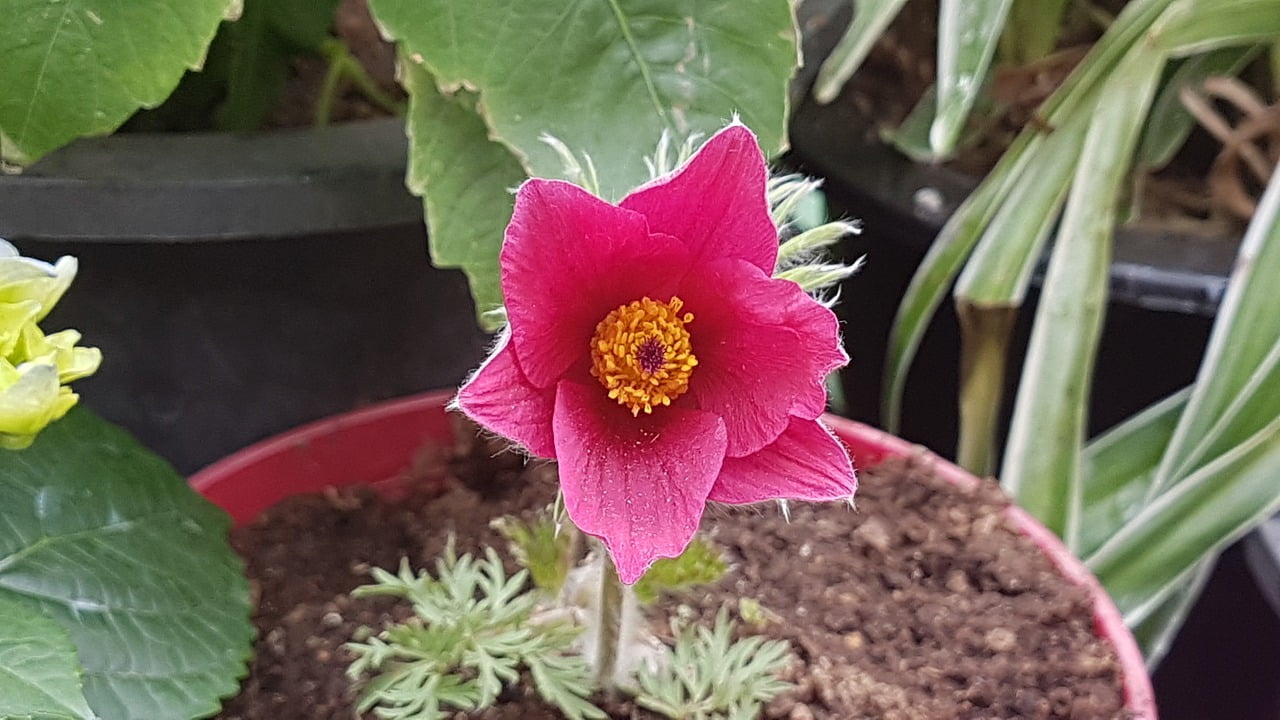Want to make the most of your rooftop garden? Look no further! In this article, we will explore the best ways to maximize the space in your urban garden. From vertical gardening to clever storage solutions, you’ll find actionable tips and tricks to transform your rooftop into a lush paradise.
So grab a cup of tea, sit back, and get ready to create a stunning and functional space that you can enjoy year-round.
1. Utilize Vertical Space
One of the best ways to maximize space in your rooftop garden is by utilizing vertical space. This means taking advantage of the height of your garden and incorporating features that allow plants and furniture to be positioned vertically.
1.1. Install Vertical Planters
Vertical planters are a fantastic way to add greenery to your rooftop garden without taking up valuable floor space. These planters can be attached to walls or fences, allowing you to grow a variety of plants and flowers in a compact and organized manner. From cascading vines to colorful blooms, vertical planters are a beautiful and space-saving addition to any rooftop garden.
1.2. Use Hanging Baskets
Hanging baskets are another great option for making use of vertical space in your garden. By suspending them from the ceiling or hooks, you can create a lush and vibrant display of plants and flowers while keeping the ground area clear. Hanging baskets are not only visually appealing but also provide an opportunity to cultivate trailing and cascading plant varieties that can add a touch of elegance to your rooftop garden.
1.3. Install Trellises for Climbing Plants
Trellises are essential for any rooftop garden that wants to maximize vertical space. By installing trellises along walls or fences, you can encourage climbing plants to grow upwards, effectively utilizing the vertical space available. Whether you choose to grow decorative climbers like roses or edible ones like morning glory, trellises provide support for the plants to thrive and create a visually stunning vertical garden.
2. Choose Compact and Multi-functional Furniture
When it comes to rooftop gardening, choosing compact and multi-functional furniture is crucial to make the most of your limited space. By opting for furniture that can be easily folded, hidden, or adapted, you can create a versatile outdoor living area without sacrificing space.
2.1. Opt for Foldable Furniture
Foldable furniture is an excellent choice for rooftop gardens as it allows for easy storage and maneuverability. Foldable chairs, tables, and loungers can be neatly packed away when not in use, freeing up valuable space for other activities or plants. When needed, simply unfold the furniture and create a comfortable seating or dining area for you and your guests to enjoy.
2.2. Use Furniture with Hidden Storage
Another way to maximize space in your rooftop garden is by using furniture with hidden storage compartments. From ottomans with removable tops to benches with under-seat storage, these pieces of furniture offer both functionality and aesthetics. You can store gardening tools, extra cushions, or even small plant pots within the hidden compartments, keeping your rooftop garden organized and clutter-free.
2.3. Consider Modular Furniture
Modular furniture is a practical and space-saving choice for rooftop gardens. These furniture pieces consist of individual modules that can be rearranged and combined as needed. By choosing modular sofas, tables, and chairs, you can customize your outdoor seating area to fit the layout and available space in your rooftop garden. This versatility allows you to create different seating configurations for various occasions, ensuring your garden remains adaptable and functional.

3. Use Raised Beds or Containers
Raised beds and containers are a fantastic solution for rooftop gardens, especially if you’re working with limited ground space. These elevated gardening options allow you to grow a wide range of plants without the need for extensive planting areas.
3.1. Opt for Raised Garden Beds
Raised garden beds are perfect for rooftop gardens as they provide a contained area for planting while minimizing the use of ground space. Building raised beds can be done using materials like wood or metal and can be custom-made to fit the dimensions of your rooftop garden. Not only do they add depth and visual interest to your garden, but they also make it easier to tend to your plants, reducing the strain on your back and knees.
3.2. Choose Stackable Containers
Stackable containers are a space-efficient option for rooftop gardens. These containers can be stacked on top of one another, allowing you to utilize vertical space effectively. You can grow a variety of plants, from herbs to flowers, in these containers, creating a visually appealing display while saving valuable ground space. Stackable containers are lightweight, portable, and can be easily rearranged to suit your design preferences or plant requirements.
3.3. Utilize Vertical Gardening with Containers
In addition to using stackable containers, vertical gardening with containers is an excellent way to make the most of your rooftop garden space. By attaching containers to walls, fences, or trellises, you can create a vertical garden that is both functional and aesthetically pleasing. This method allows for a greater variety of plants, as you can mix and match different containers and grow plants with various light and water requirements.
4. Incorporate Mirrors
Mirrors are a fantastic tool for creating an illusion of space in your rooftop garden. By strategically placing mirrors, you can make your garden appear larger and brighter, enhancing the overall ambiance of the space.
4.1. Use Mirrors to Create an Illusion of Space
Placing mirrors on the walls of your rooftop garden can make it seem exponentially larger. Mirrors reflect natural light, giving the illusion of depth and openness. By positioning mirrors opposite windows or other sources of light, you can maximize the amount of light available in your garden and create a sense of spaciousness.
4.2. Position Mirrors Strategically to Reflect Light
In addition to creating an illusion of space, mirrors can also be strategically positioned to reflect light. By placing mirrors near plants or corners that receive less natural light, you can redirect and amplify the light, ensuring that all areas of your rooftop garden receive adequate sunlight. This technique is particularly beneficial for rooftop gardens with limited exposure to direct sunlight, allowing you to create a thriving oasis for your plants.

5. Install a Green Roof
A green roof is a unique and innovative way to maximize space in your rooftop garden. By transforming your rooftop into a green oasis, you not only utilize the available space efficiently but also reap a host of environmental and aesthetic benefits.
5.1. Choose Plants Suitable for Green Roofs
When considering a green roof for your rooftop garden, it’s essential to select plants that are suitable for this specific environment. Opt for plants that can tolerate the intense sunlight, high wind exposure, and limited soil depth typically found on rooftops. Sedums, succulents, and grasses are popular choices for green roofs as they are hardy, drought-tolerant, and require minimal maintenance.
5.2. Consult with a Professional for Installation and Maintenance
Installing and maintaining a green roof requires specialized knowledge and expertise. It is crucial to consult with a professional to ensure that the roof structure can support the weight of the plants and that proper drainage and waterproofing systems are in place. A professional can guide you through the selection, installation, and maintenance process, ensuring that your green roof thrives and adds beauty to your rooftop garden.
6. Utilize Shelves and Shelving Units
Shelves and shelving units are excellent additions to rooftop gardens as they provide vertical storage and display options. By utilizing these features, you can keep your garden organized and make efficient use of available space.
6.1. Install Wall-Mounted Shelves
Wall-mounted shelves are a practical and visually appealing solution for maximizing space in your rooftop garden. These shelves can be attached to walls or fences, providing a convenient spot to display potted plants, gardening tools, or decorative items. By choosing shelves with multiple levels or adjustable heights, you can customize the display area to suit your needs and design preferences.
6.2. Utilize Freestanding Shelving Units
Freestanding shelving units are another fantastic option for rooftop gardens. These units can be positioned in various areas of your garden, allowing you to create additional storage and display space. Choose shelving units made of weather-resistant materials such as metal or plastic, ensuring that they can withstand the outdoor elements. Freestanding shelving units are highly versatile and can be rearranged based on your changing needs or the growth patterns of your plants.

7. Create a Vertical Herb Garden
Herb gardens are a popular choice for rooftop gardens, and by creating a vertical herb garden, you can maximize space while adding a touch of culinary delight to your outdoor oasis.
7.1. Use a Wall-Mounted Herb Garden
A wall-mounted herb garden offers an excellent solution for rooftop gardens with limited floor space. By affixing planters or pockets to a vertical structure, such as a wall or trellis, you can grow a variety of herbs in a compact and organized manner. Not only does a vertical herb garden provide easy access to fresh ingredients for your culinary endeavors, but it also adds a lush and fragrant element to your rooftop garden.
7.2. Opt for a Rotating Vertical Planter
For an innovative twist on vertical herb gardening, consider a rotating vertical planter. These planters consist of multiple sections that can be rotated independently, allowing for easy access to all sides of the planter. This feature is particularly useful in rooftop gardens where every inch of space matters. Rotating vertical planters are ideal for growing a wide range of herbs and spices, making them a functional and visually appealing addition to your garden.
8. Utilize the Edges
When it comes to maximizing space in your rooftop garden, it’s important not to overlook the edges. By utilizing the edges effectively, you can create additional planting areas and enhance the overall visual appeal of your garden.
8.1. Install Hanging Planters Along the Edges
Hanging planters are a wonderful way to utilize the edges of your rooftop garden. By suspending them from the edges of walls or fences, you can create a cascading effect and add a splash of greenery to otherwise unused space. Hanging planters can accommodate a variety of plants, from vibrant flowers to trailing vines, creating a beautiful and dynamic display.
8.2. Use Corner Planters to Maximize Space
Corner planters are specifically designed to maximize space in small gardens, making them perfect for rooftop gardens. By positioning corner planters in the corners of your rooftop garden, you can transform these often overlooked areas into flourishing plant displays. Whether you opt for tall plants or a cascading arrangement, corner planters provide an opportunity to add beauty and greenery to every corner of your rooftop garden.
9. Utilize the Rooftop Walls
The walls of your rooftop garden offer valuable vertical space that can be utilized effectively to enhance the overall functionality and aesthetics of your outdoor oasis.
9.1. Install Wall-Mounted Trellises or Planters
Wall-mounted trellises or planters are an excellent way to utilize the rooftop walls in your garden. By affixing trellises or planters to the walls, you can grow climbing plants that will not only add visual interest but also create a beautiful vertical garden. Consider flowering vines like clematis or edible climbers such as cucumbers for a unique and functional rooftop wall display.
9.2. Use Hanging Pots Along the Walls
Another way to make use of the rooftop walls is by using hanging pots. By hanging pots along the walls, you can create a vibrant and eye-catching display of plants and flowers. Choose a variety of pot sizes and colors to add depth and visual interest to your rooftop garden. This approach not only maximizes space but also adds a touch of creativity and charm to your outdoor sanctuary.
10. Opt for Compact Plant Varieties
When it comes to selecting plants for your rooftop garden, choosing compact varieties is key to maximizing space. Compact plants have a narrow growth habit and take up less space, allowing you to grow a greater variety of plants in a limited area.
10.1. Choose Dwarf or Compact Varieties
Dwarf or compact plant varieties are ideal for rooftop gardens as they offer all the beauty and benefits of larger plants while taking up less space. Select dwarf flowers, shrubs, or trees that are specifically bred to have a smaller profile. These varieties often have the same vibrant blooms or lush foliage as their larger counterparts but in a more compact package, making them perfect for rooftop gardens.
10.2. Opt for Plants with a Narrow Growth Habit
In addition to dwarf varieties, consider plants with a narrow growth habit for your rooftop garden. These plants grow upwards instead of outwards, making them ideal for vertical gardening or smaller planting areas. Tall, slender grasses or columnar trees are excellent choices for limited space gardens. Not only do they provide height and visual interest, but they also allow you to enjoy a greater variety of plants in your rooftop oasis.

